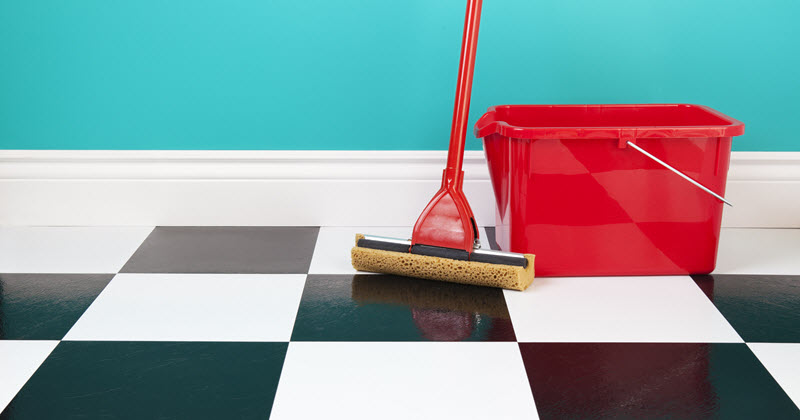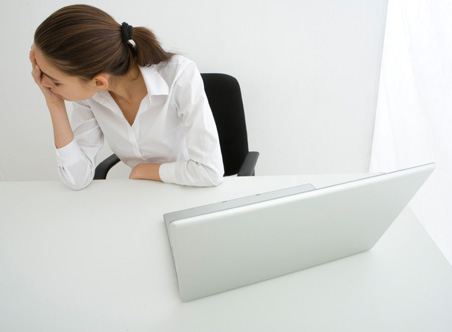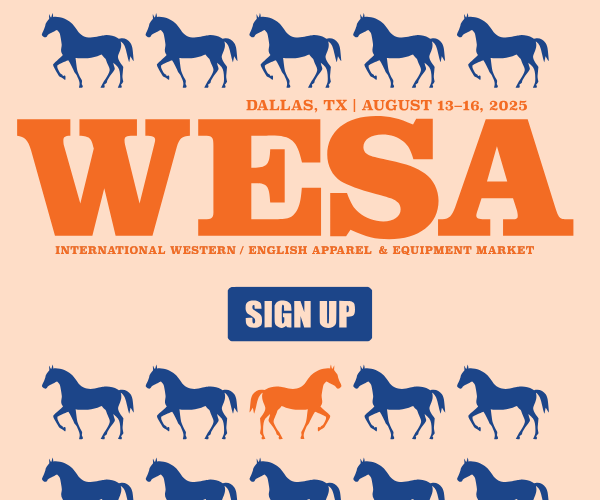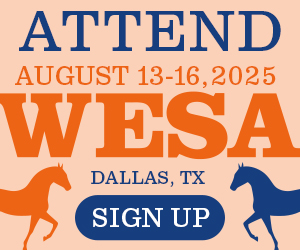Since 1985, CERF+ has been working hard to help craft-based artists in times of crisis. You may be familiar with their name, and you may have heard they provide grants to artists hit by disasters, but were you aware that they also have an entire arm dedicated to preparing artists for upcoming storms and emergencies?
“When CERF+ was founded, it was completely focused on this idea of mutual aid – artists helping each other out through emergencies,” said Cornelia Carey, CERF+’s executive director who has been serving faithfully there for the past 25 years. “And we took a more reactive stance for a while, providing grants and no-interest loans and things like that. It wasn’t until Hurricane Katrina came along that we recognized that no amount of money we were ever going to raise could right someone’s life after their home and studio had been reduced to a slab. There’s just not enough money to go around.”
Even if these tips don’t apply to you as a gift shop owner, you might want to show them to your artist friends.
Learn more at https://cerfplus.org/
1. Know Your Risks – What assets are critical to your artistic career? What can you least afford to lose? What’s most important to you in your artistic practice? What kinds of emergencies are you vulnerable to based on your geography, the materials you use, or the space where you make your work? How would those emergencies impact your assets and cause potential losses? These will be the risks that you want to address in advance to start building resilience in your career.
2. Documentation Is Your Friend – Think about how you have been storing images of your work, records of your sales, documentation of your career, inventories and more. Are files in a mixture of the cloud, hard copy, and old hard drives? Do you have vital images or documents that only live in one, fragile format? For example: do you have contracts or records that are only in hard copy? Now’s a great time to back up documents and there are really easy, approachable ways to start taking on that task. Take photos of hard copies and back them up to the cloud. You can upload them to a Google Drive, for example. Where this comes in handy: What if we were experiencing an emergency that’s the opposite situation of now and instead of having to be in your home, you had to evacuate with little notice? What would you lose access to? What provisions could you put in place now? Having vital information at your fingertips can support you in establishing losses and values for insurance claims and disaster assistance. If you need to start or revamp your inventory practices for your work and studio contents, we have tools that can help you.
3. Have a Plan B – We have been creating our own Plan B’s in real time over the past year, so now is a great time to stop and reflect on what worked well and what didn’t. What provisions could you put in place to solve a problem you encountered this past year?
4. Get Business Insurance – Think of business insurance as a tool you can use to transfer unacceptable risks to an insurance company. The cost of business insurance is not prohibitive; however, replacing your studio and not being able to work are. CERF+ has seen too many businesses unable to bounce back after an uninsured emergency. Remind yourself that having good coverage is one of the costs of doing business and part of your responsibility to yourself, your business and others who depend on you. The rates for coverage will vary depending on where you live and which underwriter you work with. A basic business owner’s policy will often cost between $400 and $1,000 annually.
5. Take Care of Yourself – You are your most important asset! Look at the way you physically create your work: are you caring for your body in the process? Making changes to how you hold your body and move now can prevent repetitive strain and injury down the road. Think, too, about your studio. Are you safely handling any hazardous materials you use in your practice? Do you work in a shared space where other peoples’ practices could impact you?










